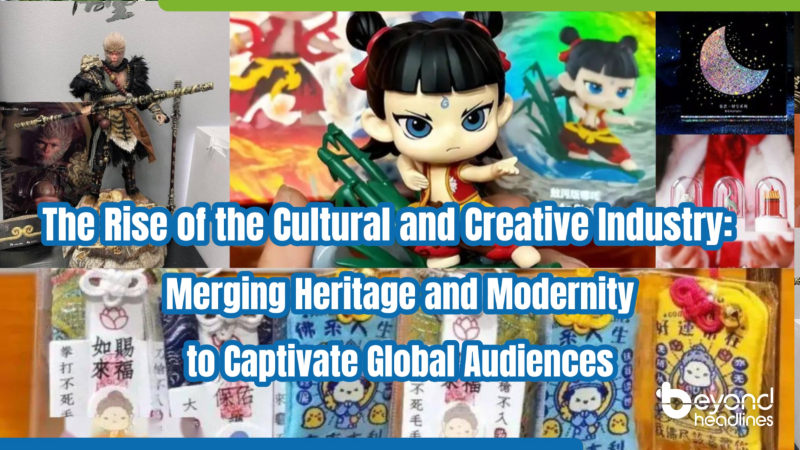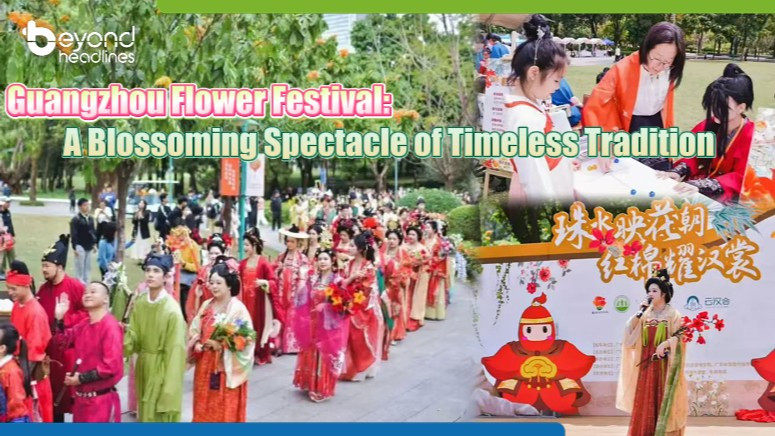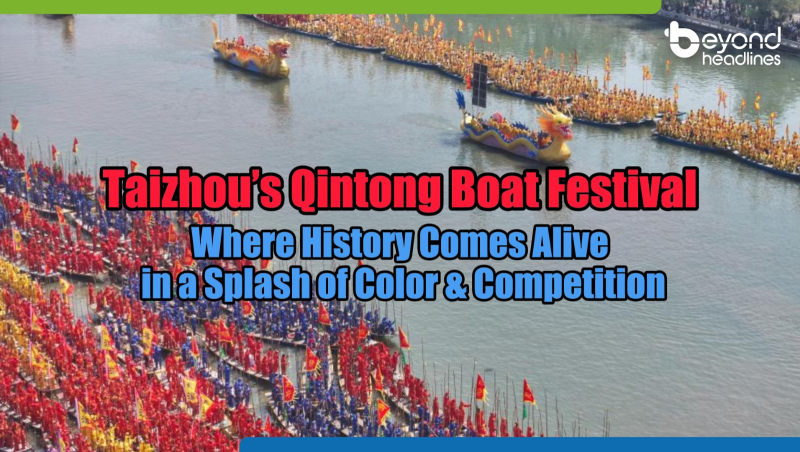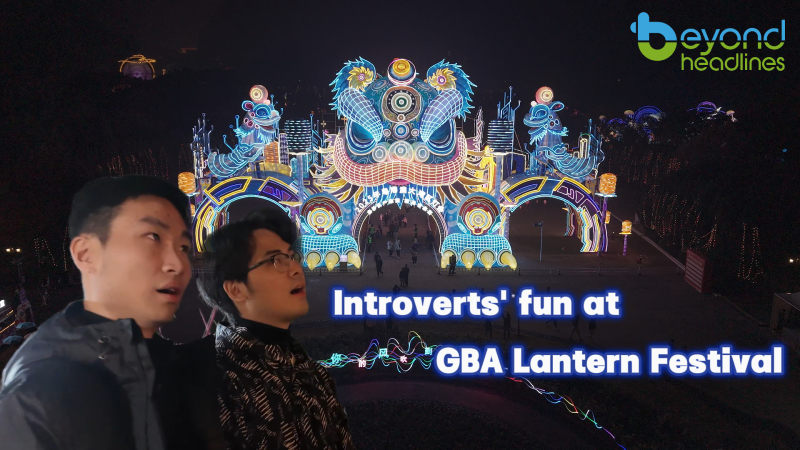China’s cultural and creative industry has risen to prominence as one of the most dynamic and rapidly expanding sectors of the modern economy. By reimagining cultural heritage through contemporary design and cutting-edge technology, this vibrant field generates innovative products ranging from video games and films to artisanal crafts and souvenirs.
Younger consumers, compared to previous generations, increasingly prioritize originality and aesthetics, demonstrating a stronger willingness to pay a premium for thoughtfully designed goods. As this demographic solidifies its role as the primary driver of consumer trends, the cultural and creative industry continues to thrive. Global phenomena like the critically acclaimed game *Black Myth: Wukong* and the blockbuster film *Ne Zha 2* exemplify this momentum, while merchandise such as limited-edition blind box collectibles and themed trading cards released alongside these titles has also seen soaring demand.
Long before these international successes, the industry was already making waves through bold experimentation. A landmark example dates back to 2008, when Beijing’s Palace Museum established its Cultural and Creative Center, pioneering products infused with imperial motifs that quickly became must-have souvenirs. This sparked a nationwide movement: museums began crafting practical items inspired by their iconic collections, cities designed ice creams shaped like local landmarks (prompting tourists to snap viral photos), and temples introduced chic amulets, bracelets, and backpacks that blended spiritual symbolism with modern style to engage younger audiences.
At its core, the cultural and creative industry thrives by bridging tradition and innovation, transforming historical narratives into fresh, accessible forms that captivate diverse consumer demographics. This synergy not only preserves cultural legacies but also propels them into the global spotlight, ensuring their relevance for generations to come.












